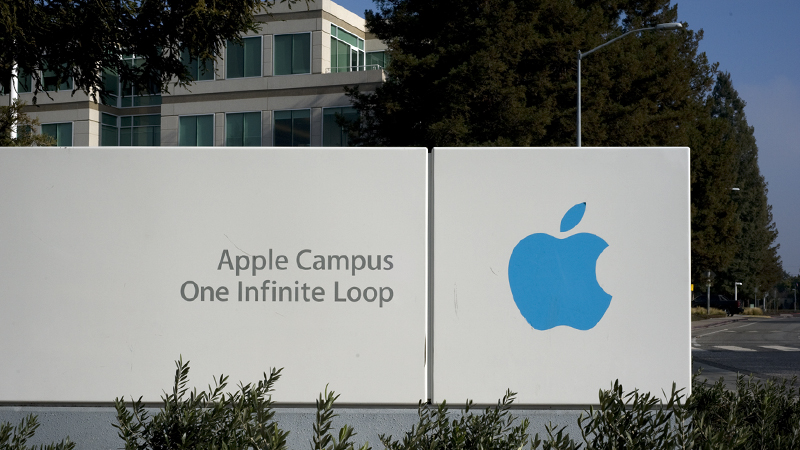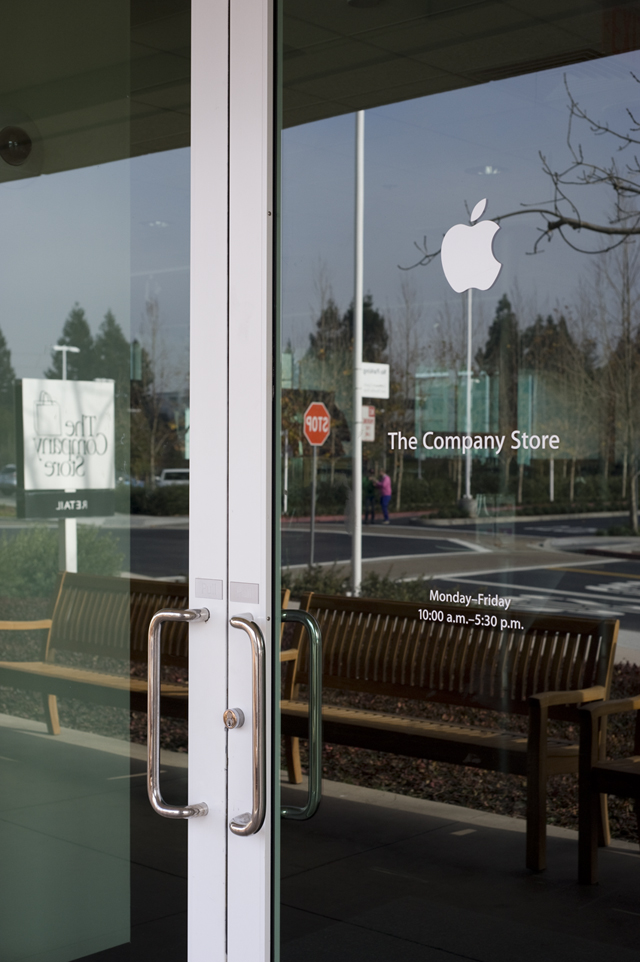I always get lost in Cupertino. Do I get off on Stevens Creek or De Anza? I curse Highways 85 and 280 and the indistinguishable grid of strip malls and car dealerships I’ve found myself locked in. I hold the home button on my iPhone until I hear the familiar chime. “How do I get to Infinite Loop?” I ask Siri.
Although my navigation skills are shaky at best, I grew up in Silicon Valley, and I know that before computer chips, this valley was known for its fruit. My parents remember walking through open plum, apricot and cherry orchards that contained more trees than people who lived in their small town. When you drive through the South Bay today, office buildings and suburban sprawl have largely supplanted these trees. The only fruit to speak of in this valley now is Apple.
While I’ve had far too few occasions to frolic through the few remaining orchards as a child, I did unwittingly meander across Apple’s campus every time my family drove along De Anza Boulevard near the 280 interchange in Cupertino. Along this stretch of road, seemingly omnipresent Apple employees identified by Apple badges wait to cross the busy intersection as they move in a steady stream between their ever-sprawling office buildings.

I carefully try to avoid these Apple workers as I pull onto Infinite Loop, the street that encircles Apple’s first campus. I see Apple’s sign and the address reads as One Infinite Loop, which is a reference to computer programming that goes completely over my head. The Apple employees I’ve met refer to it as “IL,” and it always seems to be on the tip of their tongues. “You have arrived at your destination,” says Siri.
Steve Jobs put Cupertino on the map, literally—Apple headquarters are the icon for the Apple Maps app. Jobs grew up in Cupertino, attending Cupertino Middle School and Homestead High School. When Apple was ready to leave Jobs’ parents’ garage, it began in earnest in Cupertino. And when Apple decided to build “the best office building in the world” with a second campus in Cupertino (both fondly and ominously referred to as the mothership), it firmly rooted itself in this dusty corner of the Silicon Valley.



